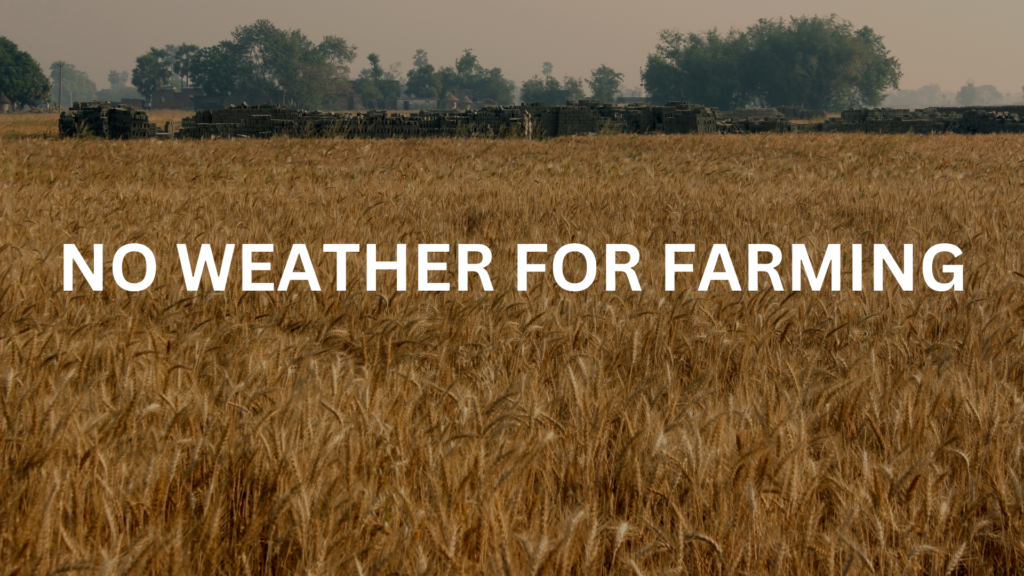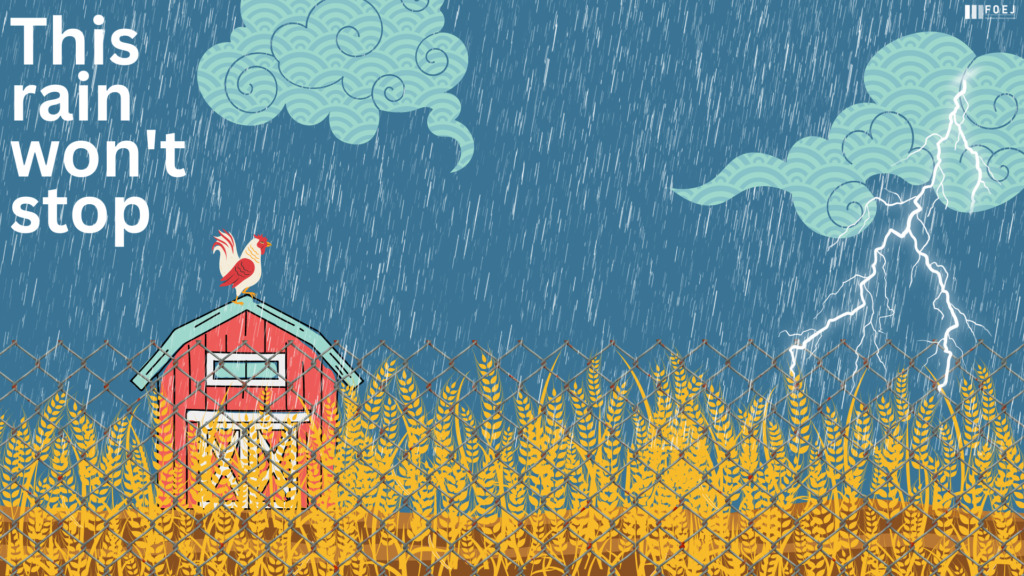
Lahaul, Kashmir, and other regions of the nation reported the start of summer early. Agrarian communities in mountainous Meghalaya, India’s wettest state, suffered losses as a result of altered rainfall patterns. Due to a lengthier rainy period, rabi was postponed in southern India below Telangana. Due to too much moisture in their crops, many farmers across the nation suffered losses and even had to resow.
It is clearly obvious that India is going through a change in seasons. Extreme weather occurrences that have been observed around the nation are the symptoms. Yet, the question is: What does our agricultural policy do to prevent it? Does our policy thinking even take the changing weather into account? The PM crop insurance policy does not even cover agricultural damage resulting from climate change.

The rabi wheat harvests in Punjab and Haryana were the first to experience the consequences of this weather transition the previous year. This year’s wheat harvests were affected by heatwaves and late rain, which also caused chaos in central India during kharif.
The strong likelihood of droughts, below-average monsoons, and additional high heat occurrences this year is also predicted by researchers who quickly link the excessive monsoons and heatwaves of past years to an oncoming EL Nino effect.








